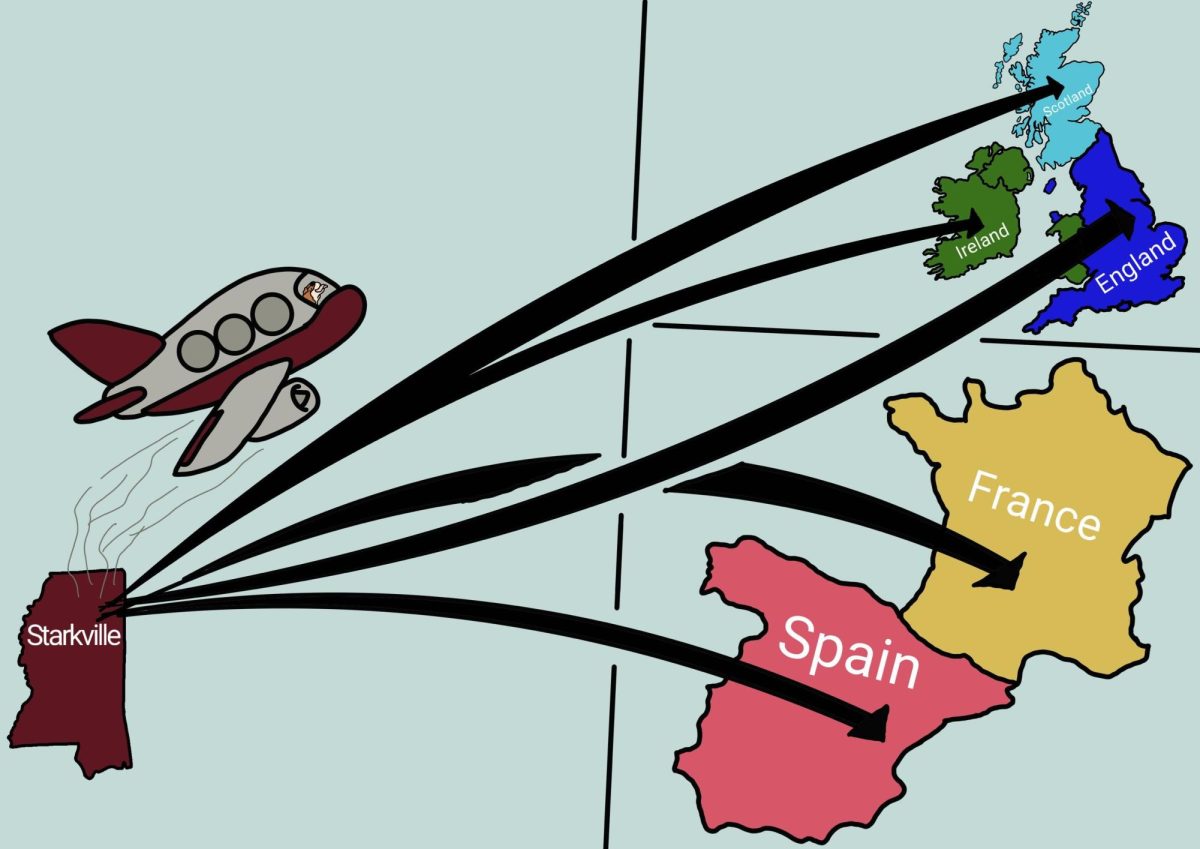For Harry Potter (Daniel Radcliffe), gone are the days of playing Quidditch, drinking Butterbeer at The Three Broomsticks and laughing in the Gryffindor common room with his best friends. “Harry Potter and the Deathly Hallows: Part 1” begins as Voldemort’s (Ralph Fiennes) war on the Wizarding World finally reaches its climax, threatening to destroy everything Harry, his parents, his friends and Dumbledore (Michael Gambon) have fought and sacrificed for through the years.
“Deathly Hallows: Part 1” follows Harry, Hermione (Emma Watson) and Ron (Rupert Grint) as they leave the security of Hogwarts to seek out Voldemort’s remaining Horcruxes — objects where he has hidden pieces of his soul to gain immortality — to gain a chance to defeat the dark wizard. Throughout the course of their journey, the three friends must face old adversaries as their friendships are pushed to the breaking point.
The “Harry Potter” films have never been as emotionally or psychologically rewarding as the novels. While it is clear every line of dialogue and scene cannot be included, the filmmakers have failed fans by cutting out narratively significant details that hurt the later films, especially the latest installment.
Without reading the books, the viewer runs the risk of not being able to understand the Horcruxes and Voldemort’s employment of them or the Deathly Hallows and their connection with Dumbledore. While the basics of the plot line are left in the movie, the narrative hints left across the later books that provided understanding were cut, and the first half of “Deathly Hallows” is given the task of trying to catch the audience up without wasting too much time.
“Deathly Hallows” does a better job than previous films of capturing the spirit of the characters in the novels without turning them into one-note archetypes. The movie, more than any of the others, constantly relies on the three protagonists’ acting abilities, and they rise to the occasion. Radcliffe no longer overacts but conveys grief realistically and carries the emotional bulk of the film. Watson’s Hermione is intelligent, vulnerable and perfectly characterized. Grint is finally given more to do than be the comedic sidekick and accurately captures Ron’s conflicting emotions.
However, the supporting characters are shunted to the side and given throwaway lines to remind the viewers they exist. The most obvious victim from the oversight is Ginny (Bonnie Wright) who has been set up as Harry’s true love but has gotten little chance to convince anyone of the chemistry in their relationship. Though the scriptwriter gave the pair one supposedly sensual scene, it merely comes off as uncomfortably awkward.
“Deathly Hallows,” while an improvement from the last few films in the series, makes the same mistakes of lacking emotionally important material that could easily have been added without dragging down the running time. For example, in the novel, Harry learns of Dumbledore’s past and struggles to keep faithfully following his mentor’s advice — in the movie, only the bare essentials are mentioned.
However, someone who has never read the books and merely followed the movies will have no qualms about this and probably applaud the film for its ability to capture a bleak tone without becoming too depressing. One of the film’s greatest strengths is its ability to capture fleeting moments of happiness during the unpredictability of war.
The decision to split the final book into two films was made for money. But, after viewing the film, it is undeniable the filmmakers also wanted to do the novel justice, and without significantly altering the plot or creating a four-to-five hour movie, splitting the movies up was the best option.
The movie ends in a place that feels like as much of an ending as possible, but feels incomplete. No amount of faithfulness to the story or characters makes up for the emotional and narrative incompletion the viewer feels after the credits begin to roll.




















































































